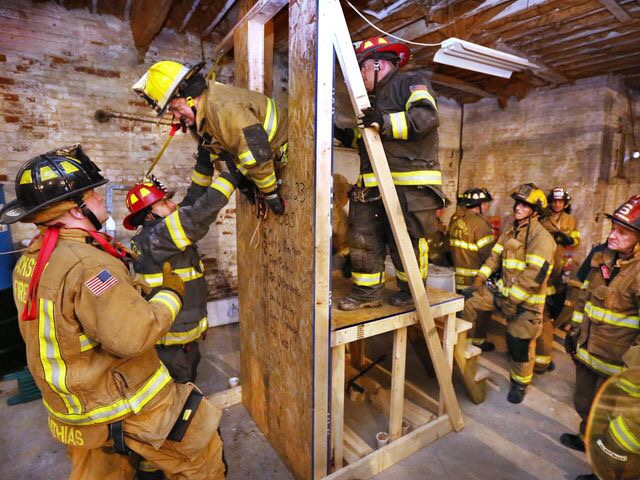By Kyle Sanders
Time to talk about the topic no one ever wants to talk about or train on. It always gets pushed off to the side or gets the classic “I’m smarter than that and won’t get in that situation.” This is something that no one expects to happen but can happen to the most salty and senior men, down to the newest recruits. Day after day, you can get on the many firefighter reporting web pages and read the countless articles on close calls, and situations where the crews talk about the rapid condition changes and how they had no choice but to save themselves. Now don’t get me wrong, it is very important to train to recognize and handle changes in fire conditions so that you don’t get into the situation that would end in having to write a close call report. Honestly thinking about it, how many things can go wrong that have nothing to do with a choice that you have made. Bad communications or someone takes a window at the wrong time and you have no other option but to bailout.
Situations happen every day where guys get into a bad situation and it had nothing at all to do with any decision they made. You can train all day on flow paths, when and where to vent, or what hose and steam to use but there is always the chance that things could go wrong. Thus the importance of training on “when things go wrong.” This would be the most important and stressful situation you could probably ever put yourself in and the outcome will most defiantly fall back on you knowing how to save your own.
There are many skills for getting yourself out of a tight spot, but just like any skill if you don’t keep yourself prepared and practice these skills, when it comes down to it, they will be hard to manage when you’re in a situation that your heart rate is up and it is life or death. This goes along with many of the tools and equipment you can carry to assist with problems. Take bailout systems for example, it is one of the most controversial systems. I am lucky enough that the fire district I work for provides every member with a complete system. It is every day that you hear the people complain about the weight and how cumbersome they are, but it only takes one situation for it to save a life. Training on saving your own can be very easy and inexpensive.
Most of the skills can be accomplished by simply having a crew discussion on what tools you carry and why, SCBA confidence drills, and bailout training. Most all the skills can be accomplished in your firehouse day room, engine room, and back parking lot. For bailout training, you can easily and cheaply build a low prop that you can work numerous times just practicing the steps and skills. Even better, the same structure can be used for VES training, so you are getting multiple uses out of your prop.
Don’t forget there are many classes held all over the country, like FDIC or F.O.O.L.S. conferences that hold many classes on personal safety, saving your own, and bailout. You can talk to and meet people who have been placed in these very situations and have real world experience that are more than willing to share their stories, just for the hope of making sure the situation they went through will help save another.
Brings to mind Black Sunday .. Grateful for the foundation that came out of that infamous day.
Cecillynn Farrar